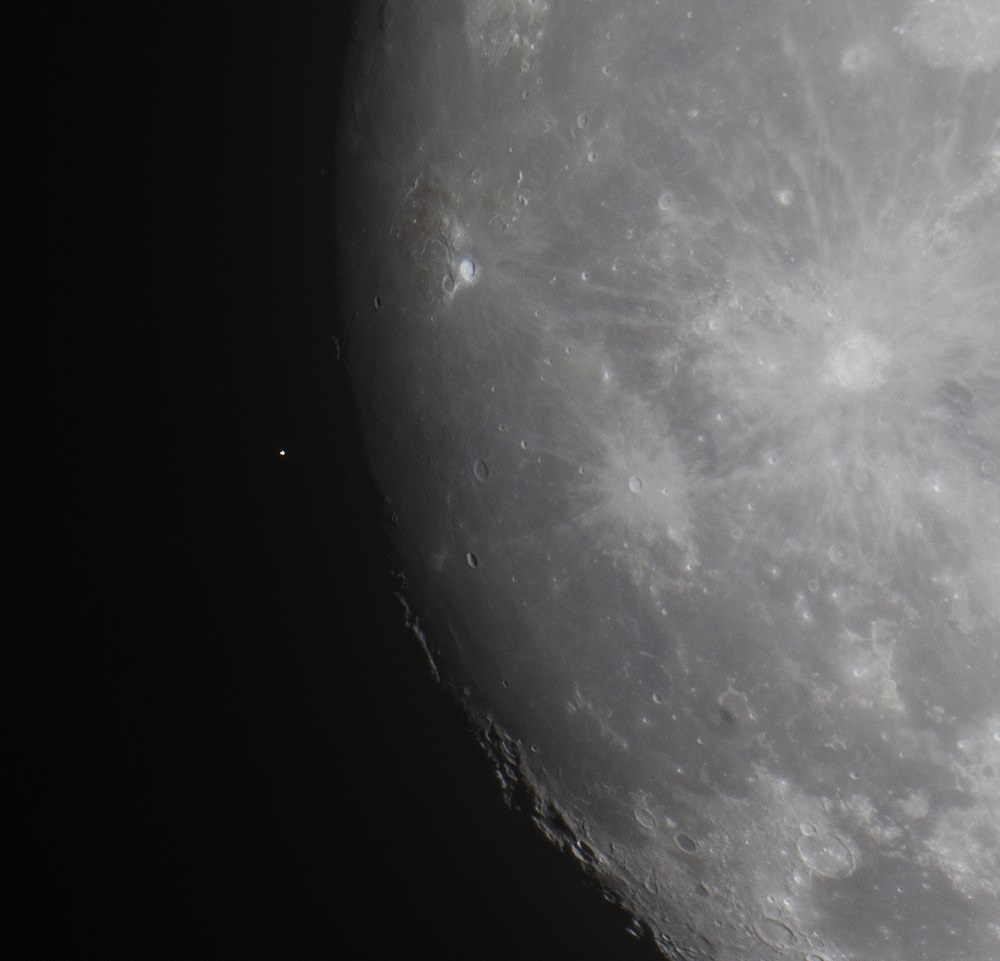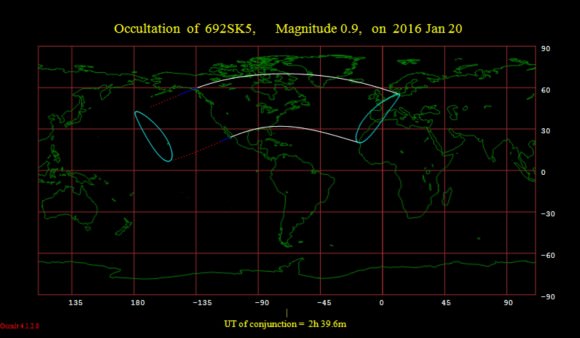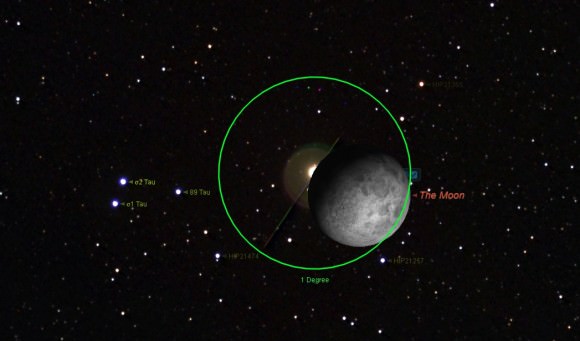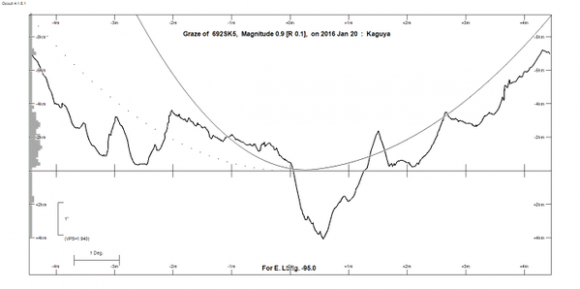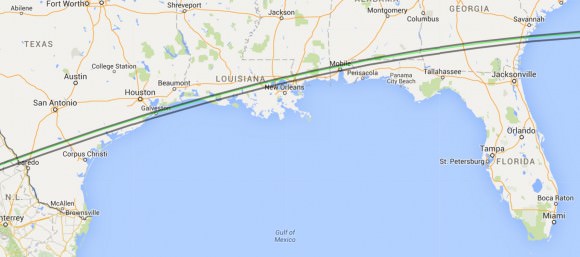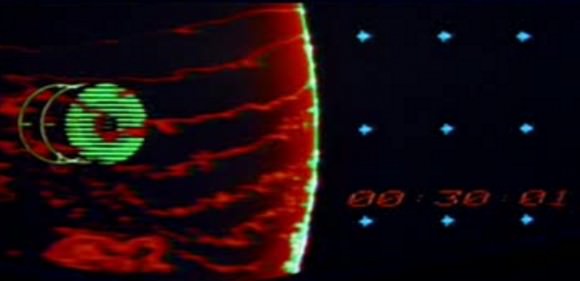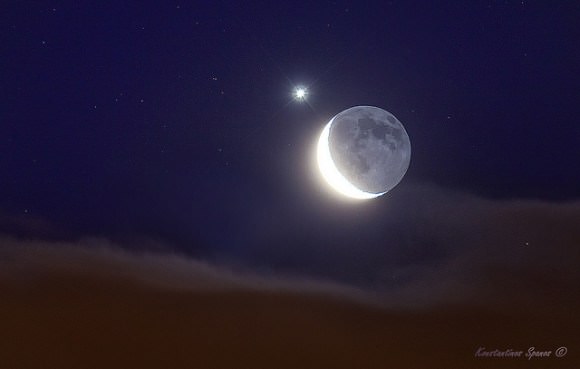Have you caught sight of Mercury yet? This coming week is a good time to try, looking low to the west at dusk. We just managed to to nab it with binoculars for the first time during the current apparition this past Sunday from the rooftop of our Air BnB in Casablanca, Morocco.
Mercury is a tough grab under any circumstance, that’s for sure. Brilliant Venus and Jupiter make great guides to finding the elusive planet in late July, as it ping-pongs between the two. The waxing crescent Moon joins the scene in the first week of August, and for a very lucky few, actually occults (passes in front of ) the diminutive innermost world shortly after passing New.
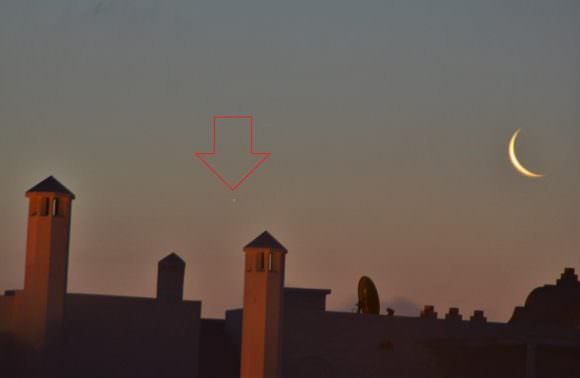
Here’s the low down on everything Mercurial, and circumstances for the coming weeks.
Mercury passes 18′ from the star Regulus on Saturday, July 30th at 19:00 Universal Time (UT), representing the closest passage of a planet near a first magnitude star for 2016.
The Moon then reaches New phase, marking the start of lunation 1158 on August 2nd at 20:45 UT. The Moon then moves on to occult Mercury on Thursday, August 4th at 22:00 UT, just over 48 hours later. The occultation is visible at dusk for observers based in southern Chile and southern Argentina. The rest of us see a close pass. Note that although it is a miss for North America, viewers based on the continent share the same colongitude and will see Mercury only a degree off of the northern limb of the Moon on the night of August 4th. Mercury shines at magnitude +0.01, and presents a 67% illuminated disk 6.3” in size, while the Moon is a slender 5% illuminated.

How early can you see the waxing crescent Moon? Catching the Moon with the naked eye under transparent clear skies isn’t usually difficult when it passes 20 hours old. This cycle, first sightings favor South Africa westward on the night of August 3rd.
Mercury reaches greatest elongation 27.4 degrees east of the Sun 12 days after this occultation on August 16th.
How rare is it? Well occultations of Mercury by the Moon are the toughest to catch of all the naked eye planets, owing to the fact that the planet never strays far from the Sun. Nearly all of these events go unwitnessed, as they occur mainly under daytime skies. And while you can observe Mercury in the daytime near greatest elongation with a telescope, safety precautions need to be taken to assure the Sun is physically blocked from view. Astronomers of yore did exactly that, hoping to glimpse fleeting detail on Mercury while it was perched higher in the sky above the murk of the atmosphere low to the horizon.
In fact, a quick search of ye ole web reveals very few convincing captures of an occultation of Mercury (see the video above). The closest grab thus far comes from astrophotographer Cory Schmitz on June 3rd 2016 based in South Africa:
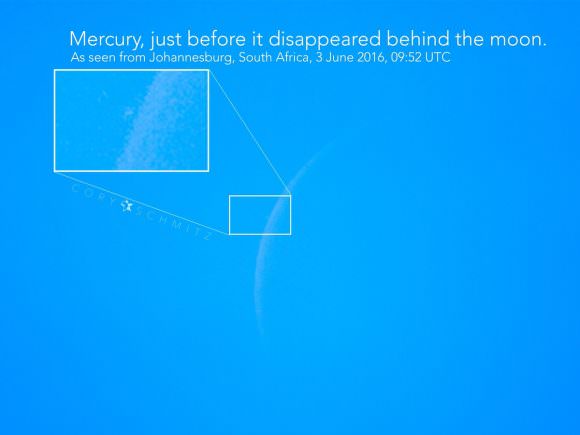
Can’t wait til next week? The Moon crosses the Hyades open star cluster this week, occulting several stars along the way. The action occurs on the morning of Friday, July 29th culminating with an occultation of +1 magnitude Aldebaran by the 23% illuminated Moon. Texas and Mexico are well-placed to see this event under dark skies. A small confession: we actually prefer occultations of planets and stars by the waxing Moon, as the dark edge of the Moon is leading during ingress, making it much easier to witness and the exact moment the Moon blots out the object.
Still want more? The Moon actually goes on to occult Jupiter on August 6th for the South Pacific. Viewers farther west in southeast Asia might just spy this one in the daytime. This is the second occultation of Jupiter by the Moon in a series of four in 2016.
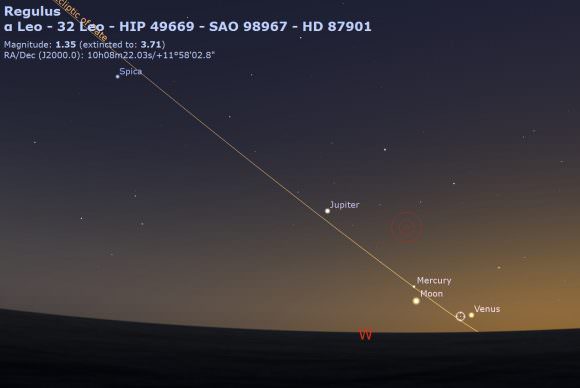
Keep and eye on those planets in August, as they’re now all currently visible in the dusk sky. The Moon, Regulus and Venus also form a tight five degree triangle on the evening of August 4th, followed by a slightly wider grouping of Venus, Jupiter and the Moon around August 25th.
More to come on that soon. Be sure to check the planet Mercury off of your life list this coming week, using the nearby waxing crescent Moon as a guide.


